The United States’ crackdown on H-1B visas has given China a fresh opening. The White House, over the weekend, caused great panic after announcing a $100,000 fee (Rs 88 lakh) on H-1B visas. Major tech firms asked employees to return to the United States immediately.
Meanwhile, many Indians, who remain the largest beneficiaries of H-1B visas, scrambled to book flights to get home, even at the cost of leaving personal engagements and loved ones behind. However, China has been taking the opposite approach by welcoming talent.
From October 1, Beijing is introducing the K-Visa to attract top professionals in the fields of science, technology, engineering, and mathematics (Stem). Let’s take a closer look at the K-Visa and whether it will help China lure top talent away from the United States.
What do we know?
China already has a dozen different types of visas. This includes the Z Visa for work, X Visa for study, M Visa for business, L Visa for tourism, and R Visa for high-level talent.
Now, Beijing has said that ‘young science and technology talent’ from foreign nations can apply for the K-Visa from October 1. The move is part of the revised foreign entry regulations that are set to take effect on that date. This comes after the decree was signed by Chinese Premier Li Qiang.
Those who are approved for the K-Visa will be allowed flexibility when it comes to the number of times one can enter and leave China, the duration of their stay, and the validity period.
Those who come to China on the K-Visa can also engage in relevant entrepreneurial and business activities in STEM fields. The visa will not require the applicant to receive an invitation from a Chinese employer or firm.
State broadcaster CCTV has said that the Talented Young Scientist Programme has an upper age limit of 45, while the Outstanding Young Scientists (Overseas) Fund Project keeps the age limit at 40.
More details about how to apply will be published on the Chinese embassy websites.
China is looking to target top talent from the West as well as India, Japan, and South Korea.
“China’s development requires the participation of talent from around the world, and China’s development also provides opportunities for them,” a government press release said.
Will it attract top talent?
Some think so.
Liu Hong, a professor of public policy and global affairs at Nanyang Technological University in Singapore, told the _South China Morning Pos_t that he thinks the T rump administration’s moves on immigration will cause top talent to head for China. However, Liu added that the K-Visa should not be seen as an equivalent to the US’ H-1B visa. Liu said those applying for the H-1B visa have better “educational credentials, work experience, and minimum salary, and the potential applicant pool is much bigger”.
Liu said most of those who applied were likely to be second-generation Chinese in the fields of tech and science, as well as young professionals from the West and the global South.
Rahdar Hussain Afridi, a Pakistani national doing a PhD in robotics at Peking University, said the announcement of the K-Visa had brought him immense relief. Afridi, who is graduating in January on a student visa, was wondering if he would be able to stay in China. “I am really happy to hear about this visa,” the 29-year-old said. “I have been living in China for the past six years, and I am one visa away from being asked to leave. I have been living with such huge uncertainty.”
Wang Huiyao, founder of the Beijing-based think tank Centre for China and Globalisation, told the outlet the development was “a major shift in China’s immigration policy”.
“Previously, the focus was on attracting overseas Chinese for multinational corporations or family reunifications. Now, there is a clear emphasis on tech and innovative talent.”
“I believe it’s only a matter of time before a wave of talent begins flowing into China, and this trend will continue to grow,” Wang said. “The US is becoming more closed off, while China is becoming more open.”
China had earlier also allowed visa-free entry for 30 days for citizens from over six dozen nations including France, Germany, Italy, the Netherlands, Spain.
Experts say the impact of the Trump administration’s moves, particularly when it comes to immigration and cutting funding, should not be underestimated. According to the Center for Strategic and International Studies, many STEM graduates are leaving America soon after finishing their education.
The CSIS, pointing out that half of the graduates in STEM, PhD, and Master’s programmes are international students, blamed visa backlogs and caps as well as layoffs and budget cuts at the National Institutes of Health and National Science Foundation for the exodus.
The CSIS said every single foreign-born STEM worker and PhD student added between $12,225 (Rs 10.80 lakh) and $13,568 (Rs 12 lakh) to the US GDP every year. In 2019, the post-graduate STEM workforce added $409 billion in labour value, which worked out to nearly two per cent of the US GDP. It pointed out that the US’ historical edge in attracting the top students could be at risk if things don’t change quickly.
Trump administration crackdown continues
Meanwhile, the Trump administration continues its crackdown on immigration to the United States. In August, the US government said it is reviewing more than 55 million people who have valid US visas for any violations that could lead to deportation. The administration has steadily imposed more restrictions and requirements on visa applicants, including requiring them to submit to in-person interviews. The review of all visa holders appears to be a significant expansion of what had initially been a process focused mainly on students who have been involved in what the government perceives as pro-Palestinian or anti-Israel activity.
The irony, of course, is that the United States had for decades built and touted its reputation as a ‘melting pot’, while China was thought to be a closed society and ‘anti-foreigners’. Now under Trump and Xi respectively, it seems those positions are slowly reversing.
With inputs from agencies


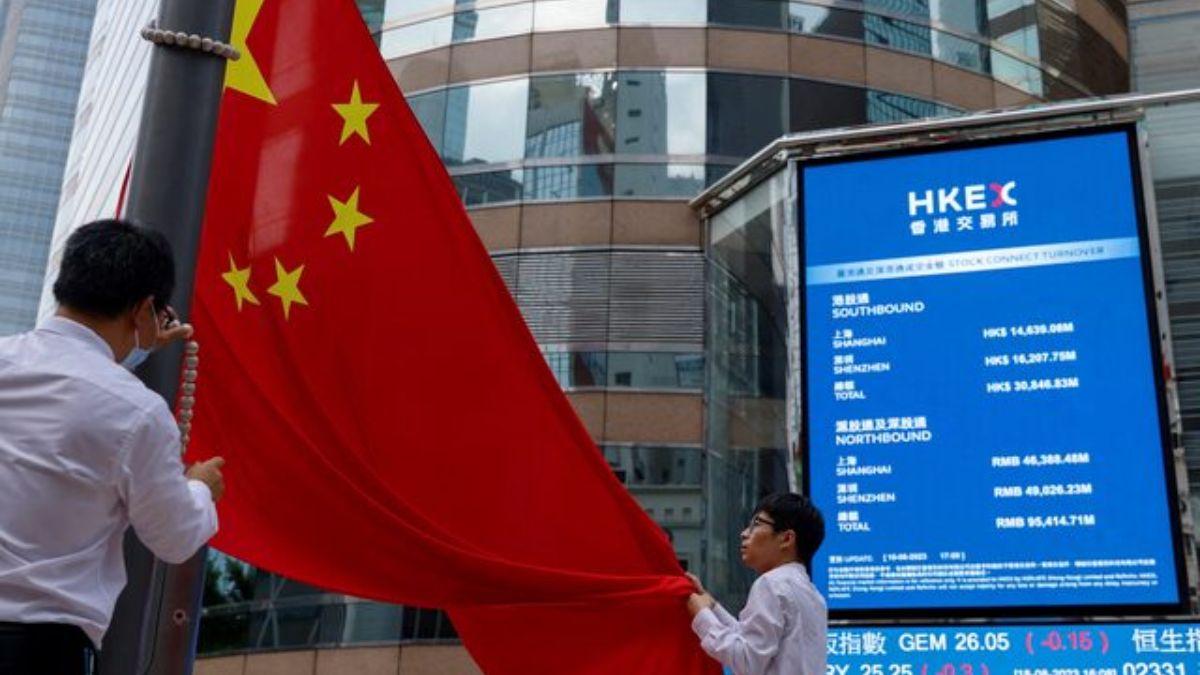)

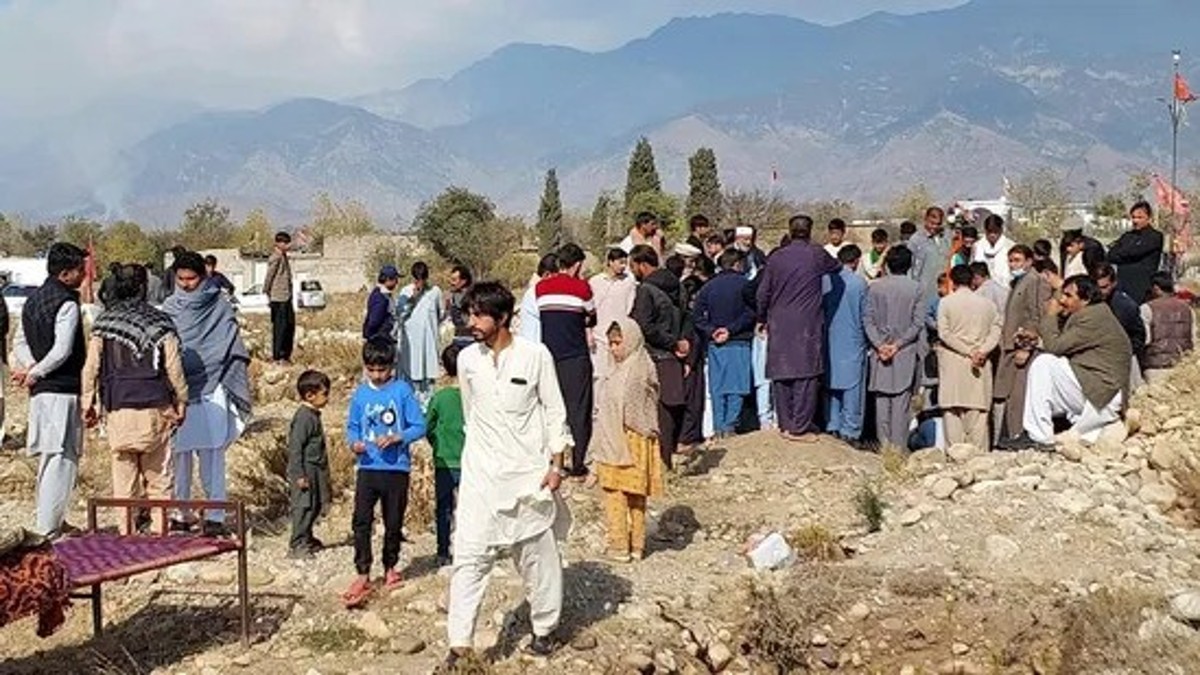)
)
)
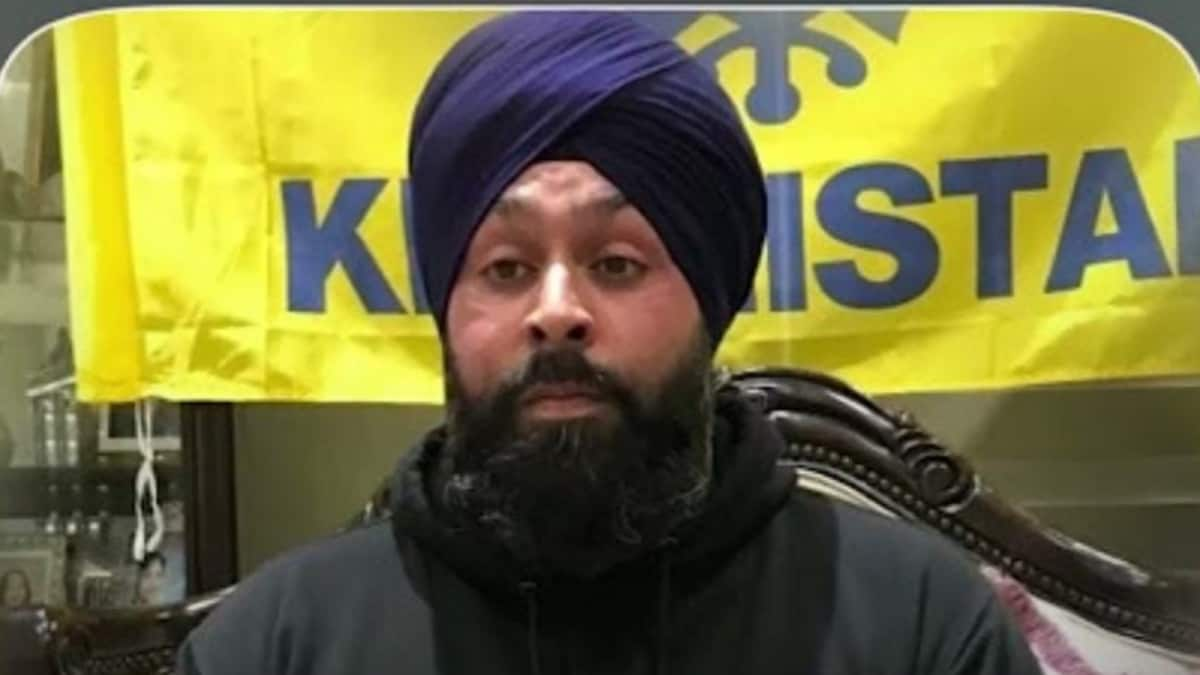)
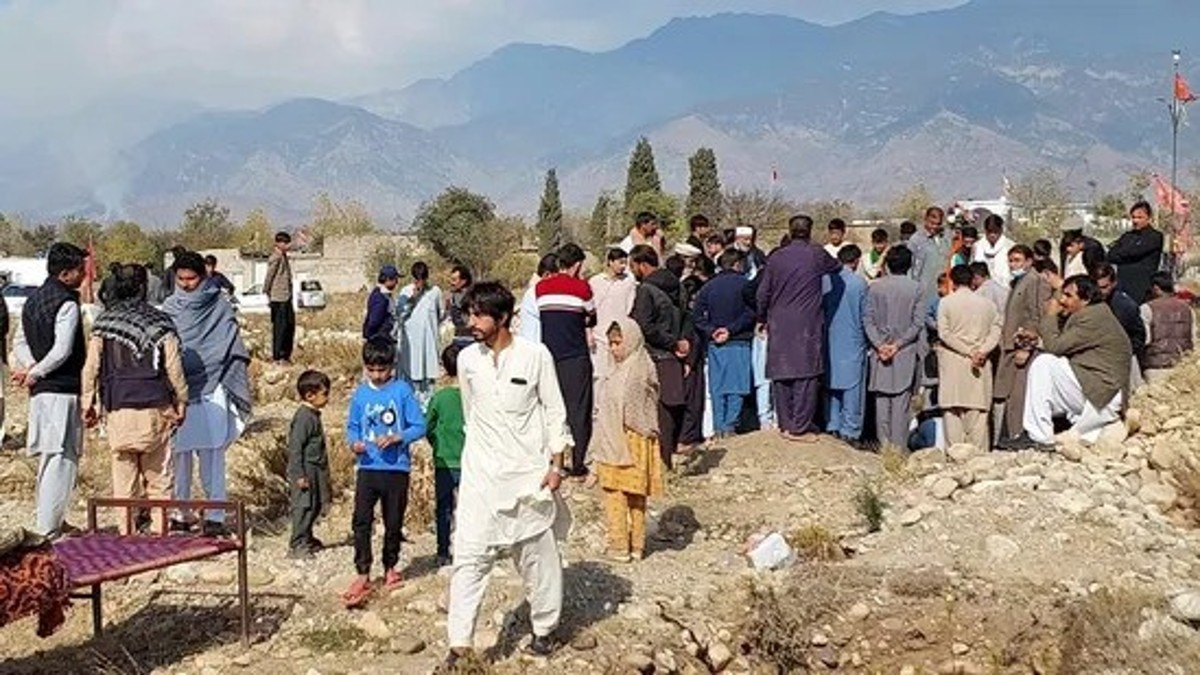)
)
)
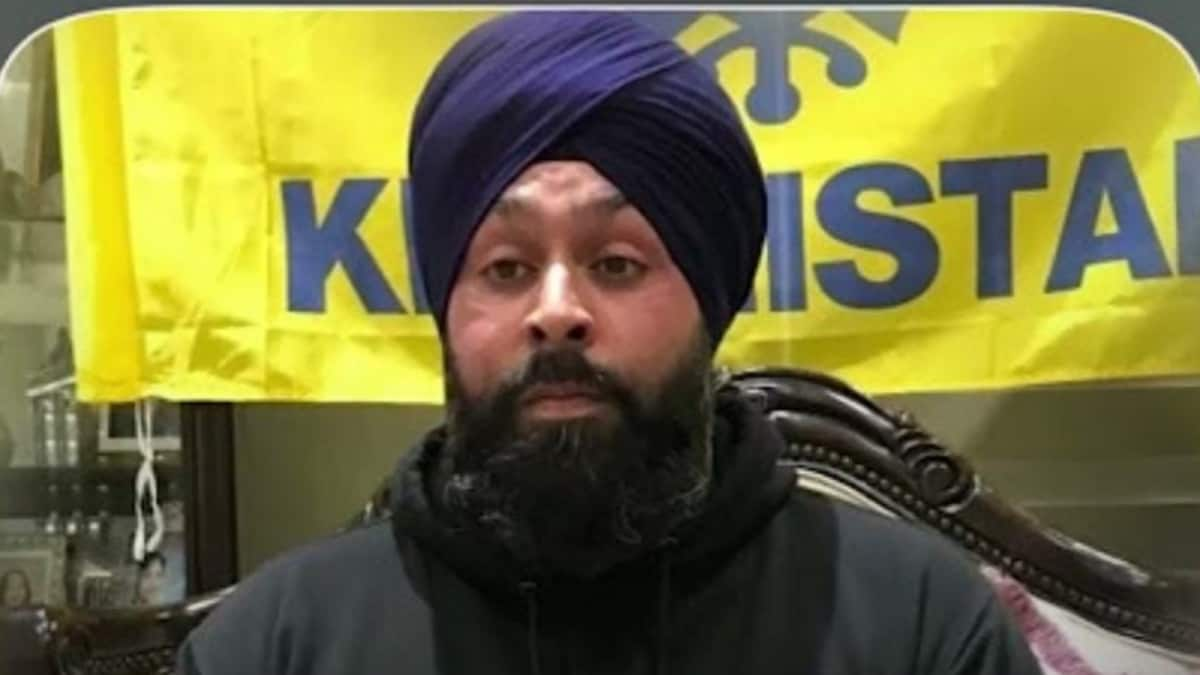)



